Why remote South Georgia just happens to be the greatest island on Earth
For wildlife close encounters in one of the world’s remotest places, there’s nowhere like South Georgia, says Mark Stratton
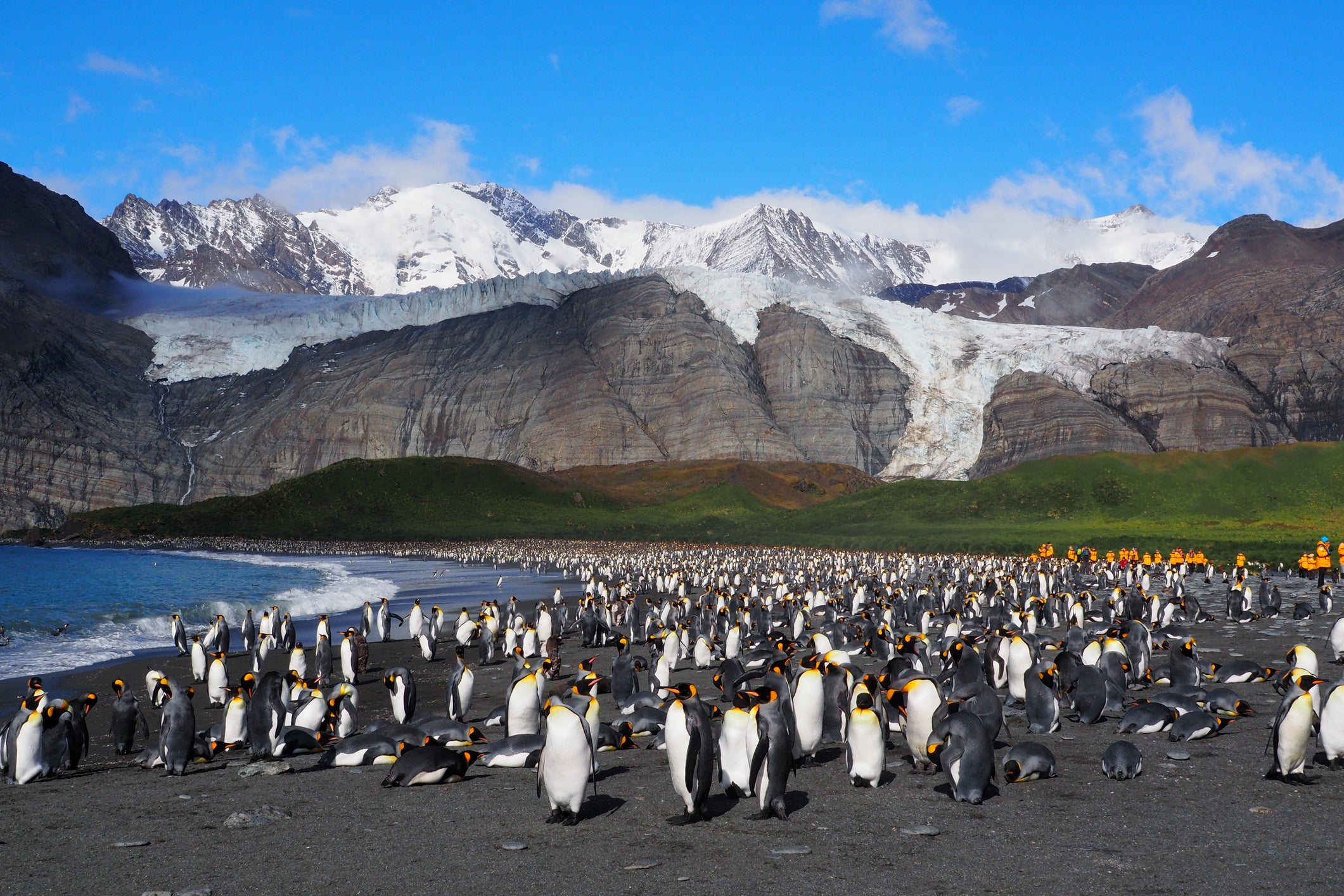
“One cannot be angry when one looks at a penguin,” wrote the English essayist John Ruskin in 1860. And he was right. Whether it was tears of joy, or my eyes watering at the fishy pong of several hundred thousand king penguins shoehorned along St Andrews Bay beach, I was wreathed in smiles.
This was my fourth visit to the subantarctic British Overseas Territory of South Georgia. Not only is it the most intense wildlife-watching island on Earth, with millions of penguins and seals, and skies swirling with albatrosses, it’s also a paradigm for ecosystem recovery that offers a blueprint for how humanity might just protect global biodiversity via non-intervention. For any wildlife-lover considering a trip of a lifetime to Antarctica, I’d recommend the extra time and cost to include it in your voyage. Biologically, it’s like Antarctica on steroids.
The island lies two days sailing east of the Falkland Islands and two days north of Antarctica. Mountainous and glaciated, cascading meltwater streams incise surf-wracked beaches surrounded by a cold sea, rich with krill that is feasted upon by marine mammals.
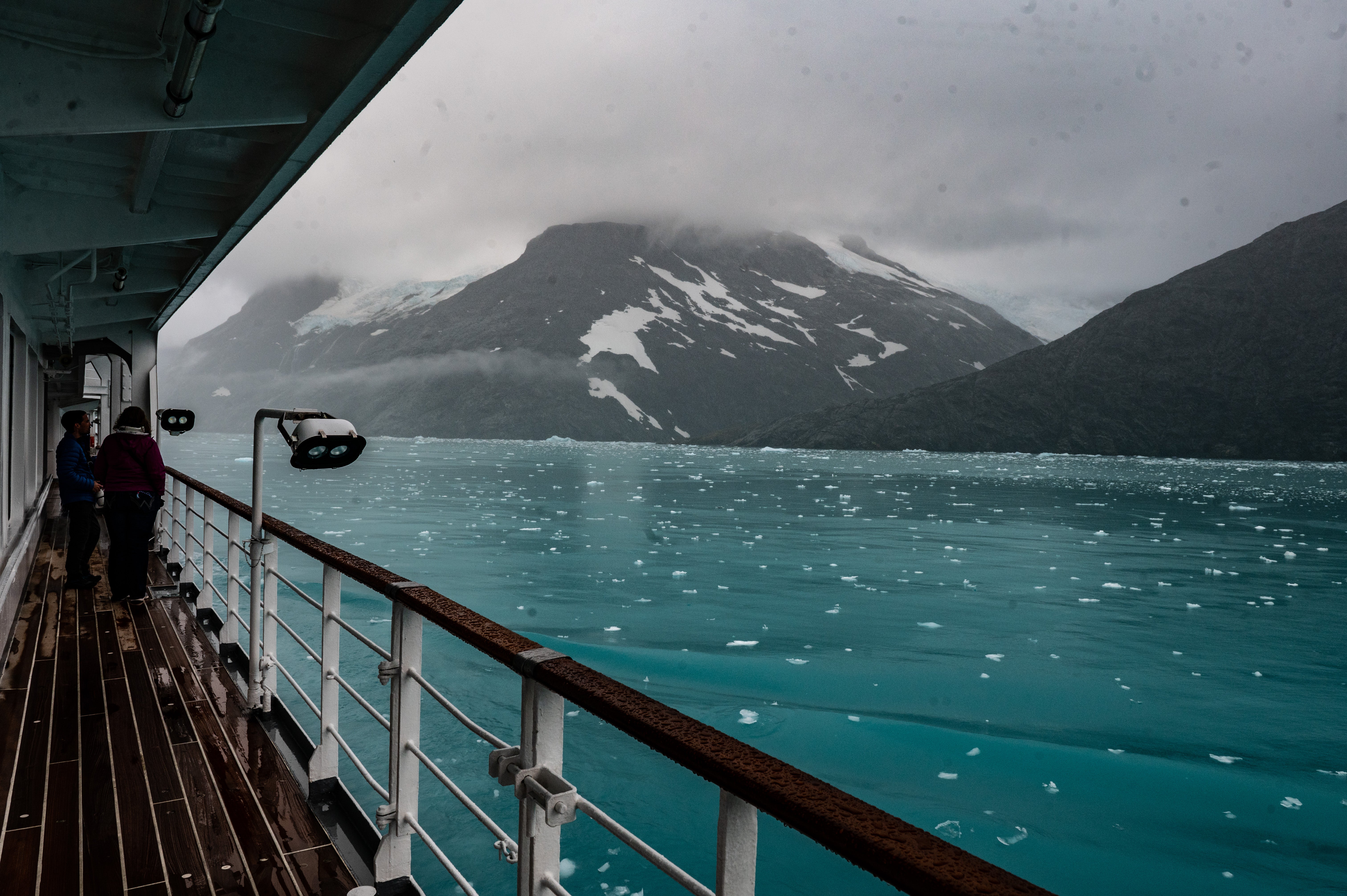
It’s only reachable by expedition cruise vessel because there is no airport nor tourist accommodation ashore. Typical cruises to this region are 11-day voyages sailing back-and-forth between Ushuaia in southern Argentina to the Antarctic Peninsula, yet some vessels offer extended itineraries factoring in South Georgia and the Falklands. These less-frequent three-week epics are typically £4-5,000 more than a standalone Antarctic trip during the austral summer season (November-March).
Arriving from the Falklands, I begin a four-day traverse down South Georgia’s eastern coast onboard M/S Seaventure with 102 fellow passengers. The coastal waters soon fizz with diving whales and feeding penguins skimming along like bouncing bombs. Above, wandering albatrosses, possessing the avian world’s largest wingspan, soar effortlessly on the billowing winds.
Read more: Simon Calder’s five best wildlife experiences, from the Galapagos to Namibia and the Azores
“From a natural history perspective, you have that combination of a David Attenborough documentary where you’re completely surrounded by wildlife that doesn't care about your presence,” says Dan Brown, our sharp-eyed ornithologist. “Humans completely exploited the island and drove most animals towards extinction but now everything is rebounding.”

Since James Cook claimed it for Britain in 1775, South Georgia has been rather mournful. By the time Ernest Shackleton washed up here on a small lifeboat in 1916 after escaping Antarctica when the Endurance sank, sealers had decimated its seals and penguins. Thereafter, Norwegian whalers plundered the Southern Ocean’s whales until the mid-1960s when there were none left to be flensed. Argentinian soldiers invaded in 1982 and precipitated the Falklands conflict – and it made global news more recently when an iceberg called A23a, twice the area of New York City, grounded off South Georgia’s western coastline.
Our ship’s captain had the titanic sense to steer well clear.
Now left alone, South Georgia’s wildlife has recovered rampantly. Each day, we venture ashore by Zodiac dinghies. This is never straightforward because penguins and seals are so densely packed along the shoreline, there is little space to land.
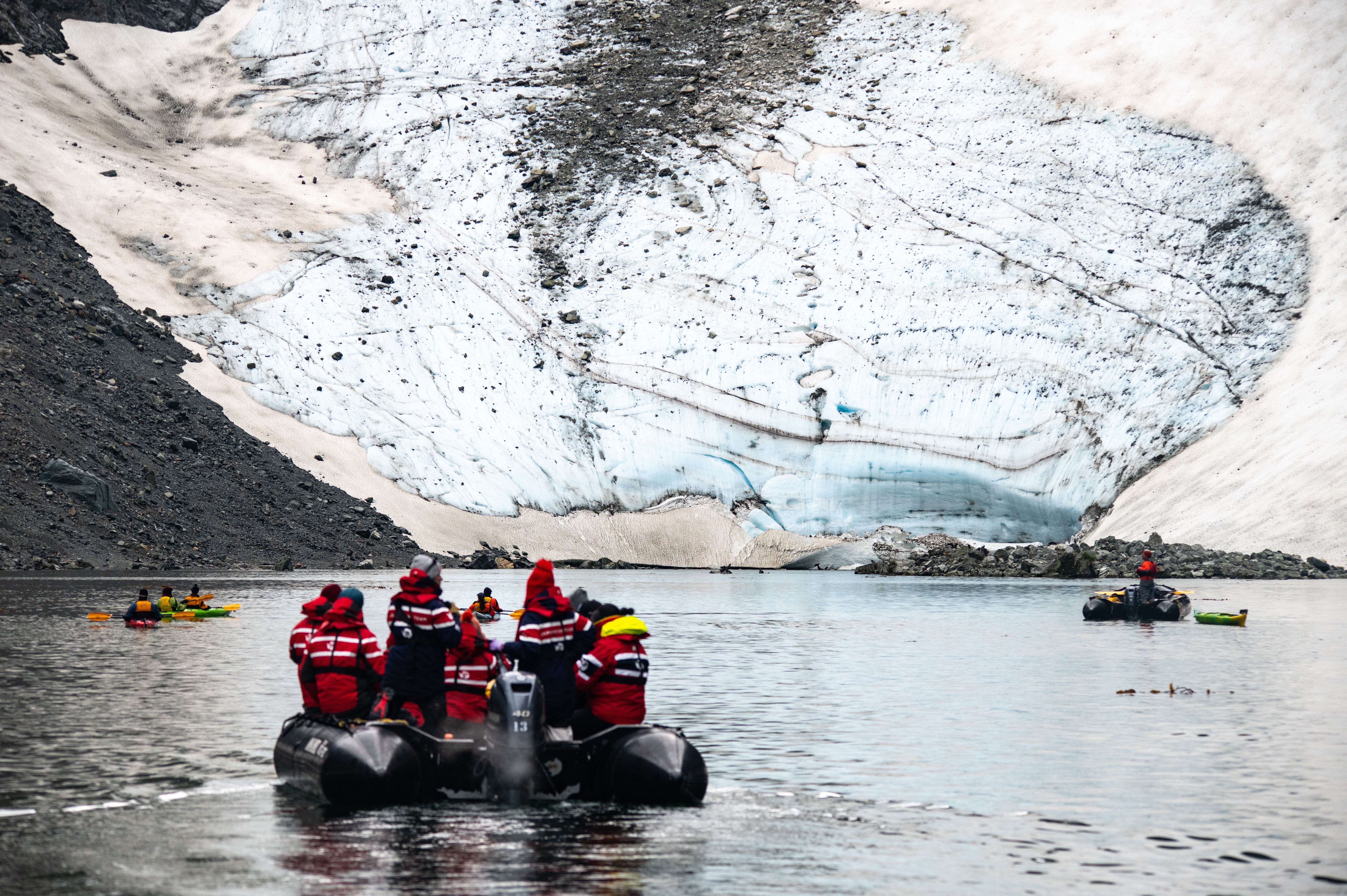
We first disembark at Rosita Harbour in the Bay of Isles. Framed by shadowy fog-obscured cliffs, the shingle beach writhes with adolescent seal pups. By the late 19th century, fur seals numbered a few thousand here, but ending sealing, and the creation of a marine protected zone to defend the surrounding ocean’s krill stocks from overfishing, has helped their population balloon to 5.5 million. Wide-eyed and adorable, the pups play-fight in the surf and bound enthusiastically towards us from the coarse tussock-grass clumps (South Georgia has no trees). We are advised to stand tall and spread our arms to appear formidable and, indeed, they back down.
“It’s a quieter site to start as we wanted to manage expectations,” says the Australian expedition leader, Marty Garwood. Expectations, however, soon skyrocket. Several hours later, we pass blue whales, the largest mammal ever to exist. They are slowly recovering here post-whaling.
Elsewhere, humpback whales, who’ve been causing a stir with a flurry of sightings in UK waters, are commonplace and sometimes breach the waves in breathtaking aerial displays.
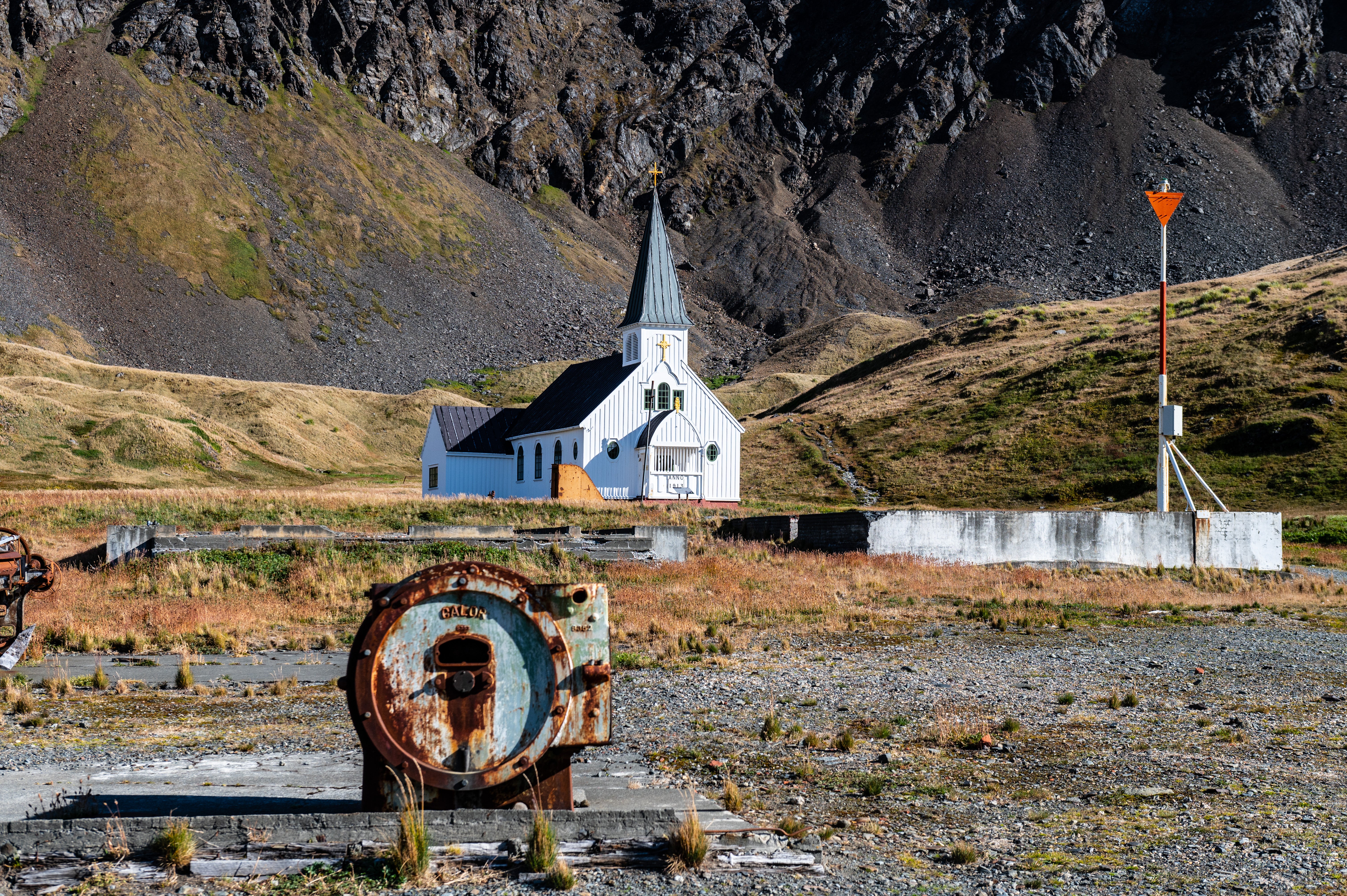
Seven relic whaling stations remain on South Georgia, mostly off-limits due to dangerous structures and asbestos. We hike between two of them – from Leith to Stromness – where I sight the old manager’s wooden house where Shackleton arrived after a desperate hike from the opposite uninhabited west coast, across the island’s forbidding mountainous spine, to safety.
The one former whaling station that visitors can explore, Grytviken retains a poignant Shackleton connection. Along a shoreline of decaying whaling vessels, one with a harpoon gun still mounted, I walk to a pretty wooden church, built in 1913 by the Norwegian whaling community, where Shackleton’s funeral service took place, and then to the small cemetery, surrounded by a white picket fence, where he was buried, his headstone inscribed with the poetry of Robert Browning. He died offshore in 1922 on board the Quest on the verge of another Antarctic venture. Custom dictated I toasted his headstone with a dram of whisky.
Read more: My epic Antarctica voyage ended in angry protests – but I loved every minute
Grytviken is not all about ghosts, however. A handful of administrative staff and scientists live here monitoring the marine protection zone – and there’s a museum and post office-plus-gift shop where I send a postcard back home, although it will take months to arrive. All proceeds go to the South Georgia Heritage Trust (SGHT) which funds protection of the island’s history and nature. It raised £8 million for a rat eradication program, enabling colonies of nesting albatross and the Southern Ocean’s only songbird, an endemic pipit, to flourish once again after their chicks and eggs had previously been decimated by the rodents.
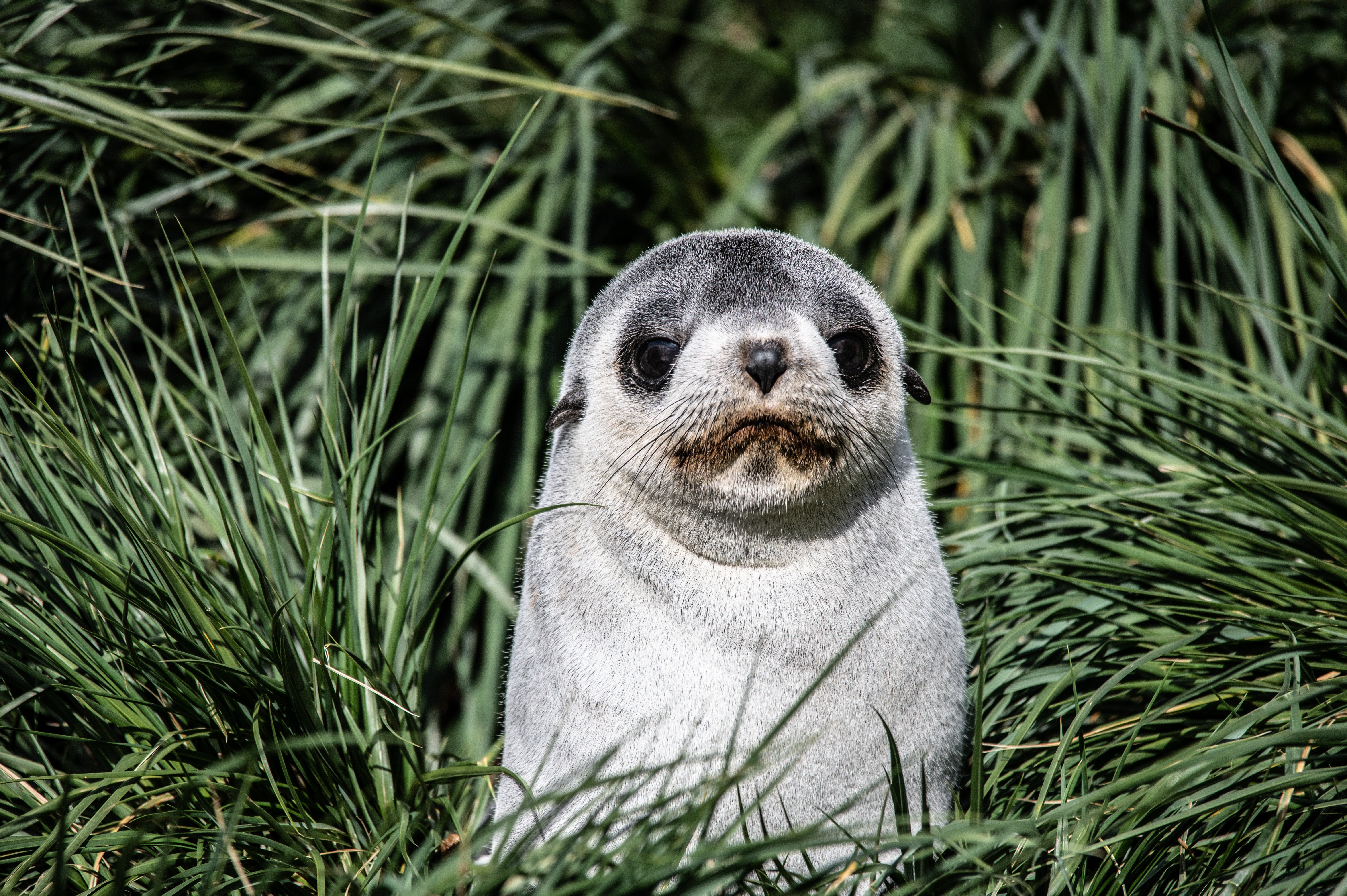
“I’ve been coming here since 2014 – South Georgia just draws me back,” SGHT’s island director, Deirdre Mitchell, tells me. She spends six months on the island each season. “I’ve never been anywhere like it,” she says. “Such wilderness on my doorstep where wildlife is the top dog, and we exist around it.” SGHT is currently fundraising to build a memorial to the 175,000 whales killed here, due to be unveiled this year.
That afternoon, we step ashore on St Andrews Bay’s beach, home to the world’s largest colony of king penguins, some 175,000 pairs. This metre-high species has golden-treacle splashes of colour and is beautifully photogenic. They sneak up on you, cocking their heads out of curiosity before tilting their slender necks skywards to emit calls like an orchestra of kazoos.
Read more: The secret lives of Antarctic whales: how to balance tourism and conservation on a bucket-list trip
When we finally leave to sail south to Antarctica, South Georgia delivers a spectacular farewell. A dozen orca race our bow, causing shrieks and whoops from all of us on board as they crisscross in front of Seaventure. Watching with me is Conny Bartl, director of sales with Polar Latitudes, who chartered the vessel. “I asked a writer once on one of these voyages what words he would use to describe South Georgia,” she said. “He said I’d be better asking a poet”.
How to do it
A 25-day tailor-made trip to Antarctica with Audley Travel costs from £19,700 per person (based on two sharing).
The itinerary includes an 18-night Polar Latitudes “Falklands, South Georgia & Antarctica” cruise in a window stateroom as well as three nights in Buenos Aires (B&B) and two nights in Ushuaia (B&B). The price also includes international and domestic flights and transfers.
Mark travelled to Antarctica as a guest of Audley Travel.
Join our commenting forum
Join thought-provoking conversations, follow other Independent readers and see their replies
Comments
Bookmark popover
Removed from bookmarks